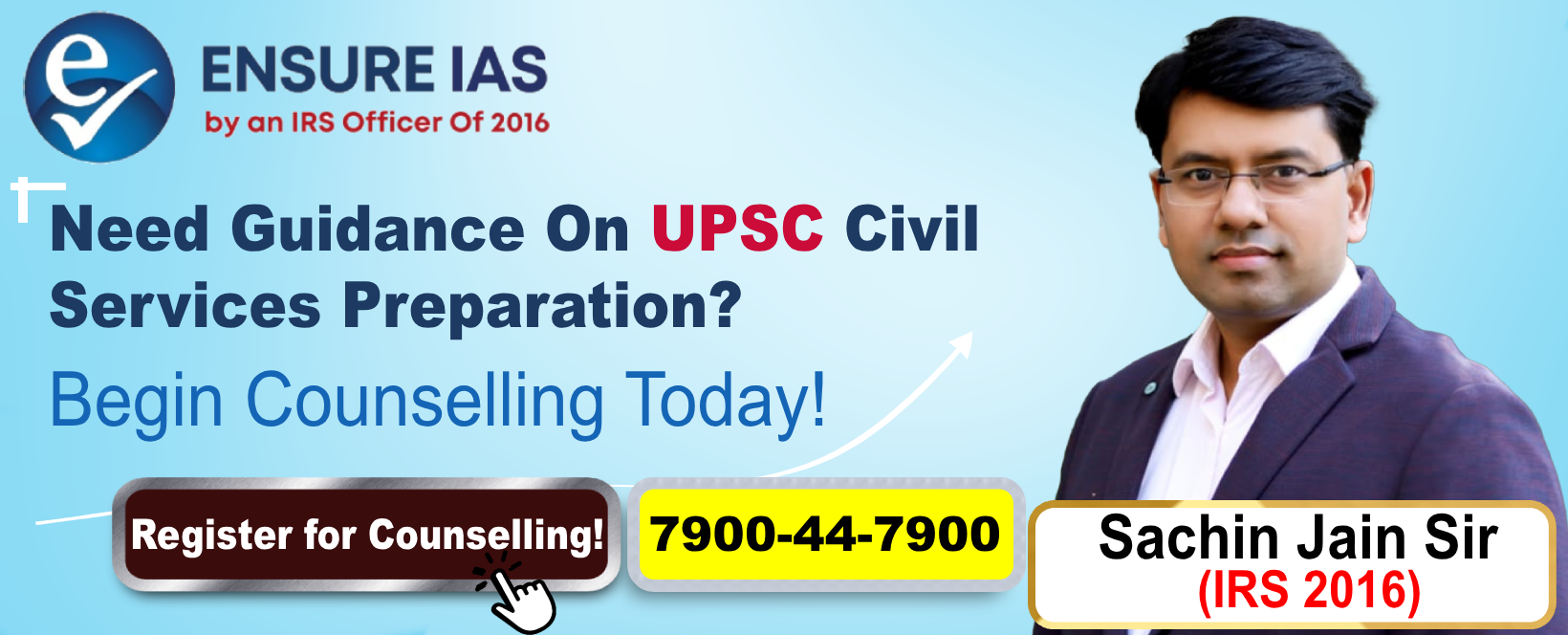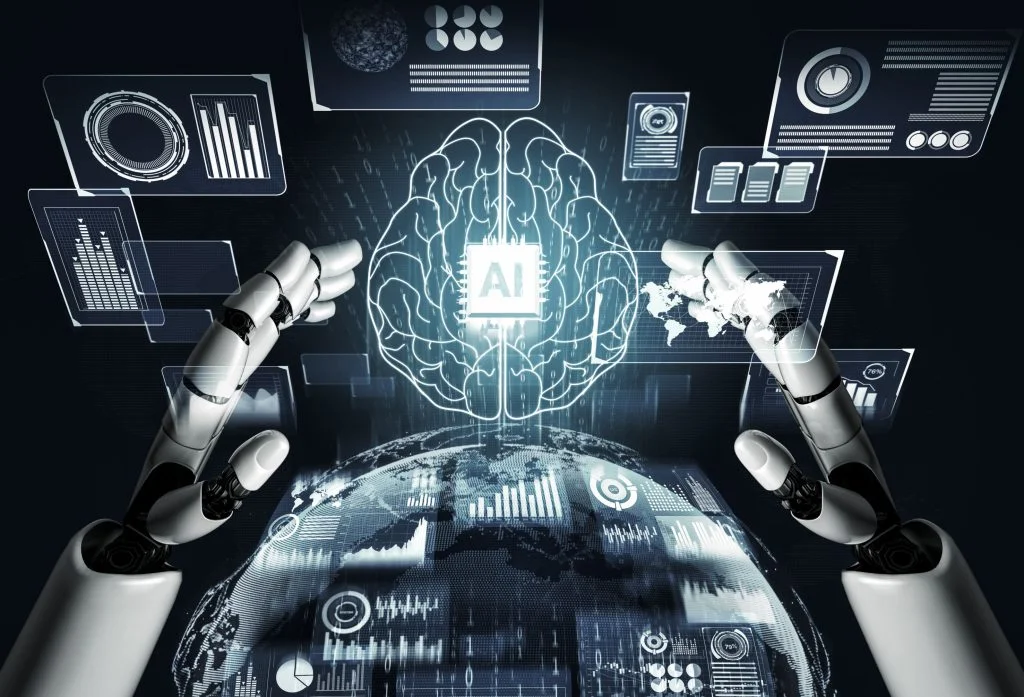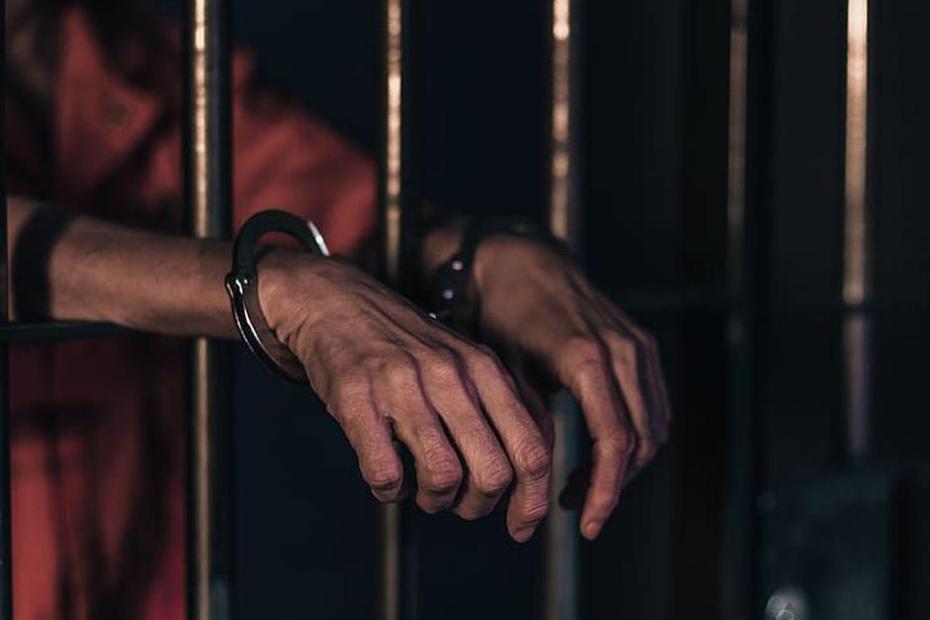- Courses
- GS Full Course 1 Year
- GS Full Course 2 Year
- GS Full Course 3 Year
- GS Full Course Till Selection
- Answer Alpha: Mains 2025 Mentorship
- MEP (Mains Enrichment Programme) Data, Facts
- Essay Target – 150+ Marks
- Online Program
- GS Recorded Course
- Polity
- Geography
- Economy
- Ancient, Medieval and Art & Culture AMAC
- Modern India, Post Independence & World History
- Environment
- Governance
- Science & Technology
- International Relations and Internal Security
- Disaster Management
- Ethics
- NCERT Current Affairs
- Indian Society and Social Issue
- NCERT- Science and Technology
- NCERT - Geography
- NCERT - Ancient History
- NCERT- World History
- NCERT Modern History
- CSAT
- 5 LAYERED ARJUNA Mentorship
- Public Administration Optional
- ABOUT US
- OUR TOPPERS
- TEST SERIES
- FREE STUDY MATERIAL
- VIDEOS
- CONTACT US
Restructuring Global Development Finance
Restructuring Global Development Finance

Why in the News?
- India’s development partnership with countries in the Global South has been growing for many years.
- There has been a change in the way India wants to support these countries.
- The government is also rethinking the use of credit lines due to rising global debt and financial risks.
- At the same time, Triangular Cooperation (TrC) is emerging as a new and helpful model for development.
|
What is the Global South?
Who are the Countries in the Global South?
Why is the Global South Important?
India and the Global South
What is the Brandt Line?
Where does it run?
|
What are the Key Highlights?
- The financial commitment rose from $3 billion in 2010-11 to $7 billion in 2023-24.
- Key modalities of engagement include Capacity building, Technology transfer, Duty-free market access, Grants and Concessional finance (mainly through Lines of Credit – LoCs)
- The IDEAS scheme has been the primary tool for extending concessional LoCs.
- 2025-26 budgetary signals show that the Ministry of Finance is cautious about continued use of LoCs due to financial risks.
- At the G-20 Summit, India flagged the issue of rising sovereign debt in the Global South.
- In the Voice of Global South Summit (2024), Prime Minister of India proposed a Global Development Compact (GDC) to promote a balanced use of all five modalities.
- India aims to complement this approach through wider partnerships, including triangular cooperation with other countries.
- India earlier borrowed from global capital markets and extended concessional loans to partner countries, bearing the interest gap itself.
- Due to the global liquidity crisis, this model has become less relevant:
- Capital markets are unpredictable
- Many partner countries are unable to repay debts
- India is encouraged to rethink its strategy and adapt to the new financial realities by reducing reliance on LoCs.
Decline in Foreign Aid and Rising Debt Crisis
- Official Development Assistance (ODA) providers like USAID and FCDO are facing a budget crisis.
- ODA is expected to drop to $97 billion, a 45% cut from the $214 billion in 2023.
- Global South countries are struggling with a rising debt crisis.
- Due to geopolitical tensions, the overall flow of global development finance is sharply declining.
- The OECD’s Development Assistance Committee (DAC), which leads ODA flows, often sets conditions on aid that impact recipient countries’ economic and political choices.
- This decline in aid will impact development programmes in Least Developed Countries (LDCs) the most.
- Over the last two decades, multiple global crises (economic, geopolitical, health) have made it harder for developing countries to access stable funding.
- This situation is slowing down development progress and risks undoing past achievements.
- The funding needed to meet the Sustainable Development Goals (SDGs) by 2030 has increased from $2.5 trillion (2015) to $4 trillion (2024).
- Without significant increases in finance, progress toward the SDGs will remain off track.
- At the same time, borrowing has become more expensive and uncertain for developing countries.
Rationale for Triangular Cooperation (TrC)
- Triangular Cooperation (TrC) is a model of international development cooperation where:
- Three Main Partners Collaborate:
- A traditional donor country (like Japan, Germany, or the US).
- An emerging or middle-income country with development experience (like India, Brazil, or South Africa).
- A recipient developing country (often from the Global South, like those in Africa or Asia)
- TrC allows resource pooling and shared expertise to support development in third countries.
- The flows from non-DAC (non-traditional donors) have grown significantly:
- From $1.1 billion in 2000 to $17.7 billion in 2022.
- Examples of successful TrC:
- Japan and Indonesia have jointly implemented projects in ASEAN countries.
- Germany and Brazil have cooperated in Mozambique.
- TrC promotes:
- Shared learning
- Mutual respect
- Solutions tailored to local needs
- TrC bridges the gap between Global North and South, making development partnerships more inclusive and effective.
- Although global data on TrC is still limited, preliminary estimates suggest the flow is between $670 million to $1.1 billion.
Partnerships with Results in Triangular Cooperation (TrC):
- TrC can boost social progress by building physical infrastructure:
- Example: Expanding regional energy grids helps improve digital access, education, and healthcare.
- In 2022, Germany and India signed a Joint Declaration of Intent to implement TrC projects in third countries, especially in Africa, Asia, and Latin America.
- TrC projects are currently being implemented in countries like:
- Cameroon, Ghana, and Malawi (Africa)
- Peru (Latin America)
- These examples show how TrC can restructure global development finance to be:
- Efficient
- Outcome-oriented
- Cost-effective
- During India’s G-20 Presidency, TrC engagement was expanded with countries like:
- Germany, United States, United Kingdom, European Union, and France
- These partnerships include various forms:
- Grant-based projects
- Investment-driven projects
- Example: Global Innovation Partnership (GIP) with the U.K.
- These initiatives prove that combining technical, financial, and human resources can deliver strong development results in partner countries.
What is the Significance?
- Strengthens India’s Global South Leadership
- Enhances India’s image as a reliable and responsible development partner.
- Shows solidarity with countries facing development and debt challenges.
- Promotes Inclusive Development
- Focuses on need-based and locally suitable solutions through capacity building, technology transfer, and concessional finance.
- Encourages partnerships based on mutual respect, not conditionality.
- Balances Global Power Dynamics
- Offers an alternative to traditional aid models dominated by the OECD-DAC countries.
- Supports South-South and Triangular Cooperation to reduce dependency on the Global North.
- Supports Sustainable Development Goals (SDGs)
- Helps address critical gaps in funding for infrastructure, health, education, energy, and digital connectivity.
- Contributes to progress on the 2030 Agenda.
- Builds Strategic Partnerships
- Deepens ties with countries in Africa, Latin America, and ASEAN through joint projects.
- Enhances cooperation with developed nations (e.g., Germany, UK, Japan) via TrC.
- Cost-Effective and Outcome-Oriented
- TrC ensures more efficient use of technical and financial resources.
- Promotes shared ownership and sustainable outcomes in third countries.
What are the Challenges and Way Forward?
|
Challenges |
Way Forward |
|
1. Shrinking global Official Development Assistance (ODA) |
Diversify funding through Triangular Cooperation and partnerships with non-DAC countries |
|
2. Rising sovereign debt levels in partner countries |
Shift focus from credit-based models to grants, capacity building, and technology sharing |
|
3. Declining relevance of Lines of Credit (LoC) due to global liquidity issues |
Develop a balanced engagement strategy using five modalities: grants, LoC, tech, market, capacity |
|
4. Budgetary constraints in traditional donor countries |
Mobilize domestic and private sector resources, and co-create with like-minded partners |
|
5. Lack of data and transparency in TrC outcomes |
Improve data collection, monitoring, and evaluation mechanisms at the global and regional levels |
|
6. Limited capacity in some partner countries to absorb aid |
Focus on local institution building and long-term technical cooperation |
|
7. Risk of overlapping goals and duplication in multi-country partnerships |
Ensure clear coordination and division of roles among partner nations |
|
8. High cost and unpredictability of borrowing for development |
Promote blended finance models and low-interest innovation funds |
Conclusion
India's evolving development strategy reflects its growing maturity and responsibility in global affairs. By embracing cooperation that is inclusive, balanced, and forward-looking, India is helping to build a more equitable international order. Focusing on partnerships that prioritize mutual benefit and long-term sustainability will strengthen trust and solidarity among developing nations. This approach can lay the foundation for a more stable and just global development framework.
Important Key Words Mentioned in the Article |
|
|
Term |
Simple Explanation |
|
Development Cooperation |
Helping other countries grow through money, training, technology, and knowledge sharing. |
|
Lines of Credit (LoC) |
Loans given at low interest by India to other countries to help them build projects. |
|
Indian Development and Economic Assistance Scheme (IDEAS) |
A government scheme to provide LoCs and development help to other countries. |
|
Capacity Building |
Training people and improving skills and systems in partner countries. |
|
Technology Transfer |
Sharing Indian tools, machines, and knowledge with other countries. |
|
Market Access |
Allowing goods from partner countries to be sold in India without high taxes. |
|
Grants |
Money given to other countries without expecting repayment. |
|
Concessional Finance |
Loans given at lower interest rates and easy repayment terms. |
|
Sovereign Debt |
The money that a country owes to other countries or lenders. |
|
Global Development Compact (GDC) |
A plan for balanced and fair development cooperation among countries. |
|
Official Development Assistance (ODA) |
Foreign aid given by rich countries to poorer ones for development. |
|
OECD-DAC |
A group of rich countries that gives foreign aid and sets rules for it. |
|
Triangular Cooperation (TrC) |
A partnership between one donor country (North), one developing country (South), and a third country to do development projects together. |
|
Global Innovation Partnership (GIP) |
A joint initiative (like India-UK) to support new ideas and startups in other countries. |
|
Blended Finance |
Using both government and private money together for development projects. |
|
Ensure IAS Mains Question Q. "The Global South is no longer just a passive recipient of aid but an active participant in shaping global governance." Discuss the growing importance of the Global South in international affairs and analyze India’s role in championing its interests. (250 words) |
|
Ensure IAS Prelim MCQ Q. Consider the following statements regarding the Global South
How many of the above statements is/are correct?
Answer: a Explanation: Statement 1 is incorrect: The Global South is not defined by geographic location but by economic and developmental challenges, including countries in Asia, Africa, Latin America, and Oceania. Statement 2 is correct: India actively represents the Global South in forums like the G20 and BRICS, notably through initiatives like the Voice of the Global South Summit. Statement 3 is incorrect: The Global South refers to developing countries, not advanced economies. |



